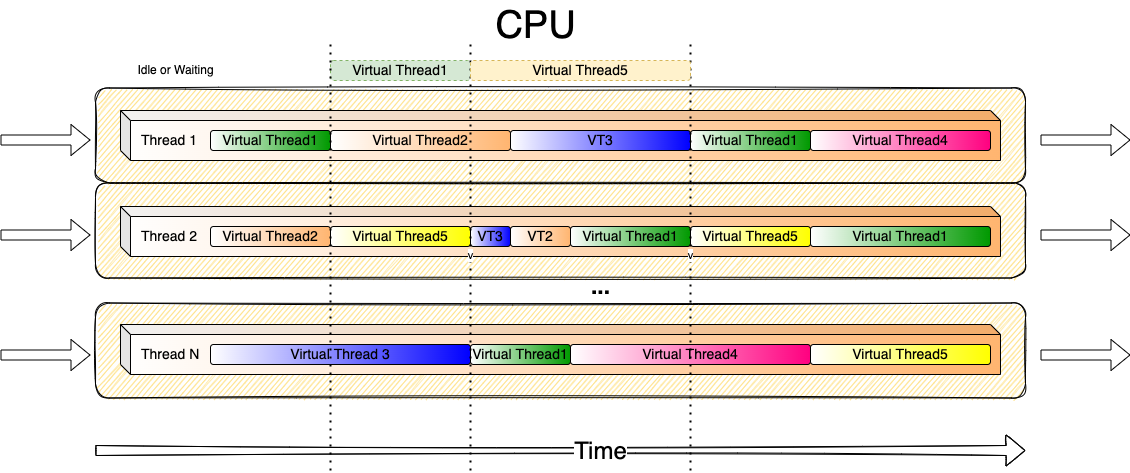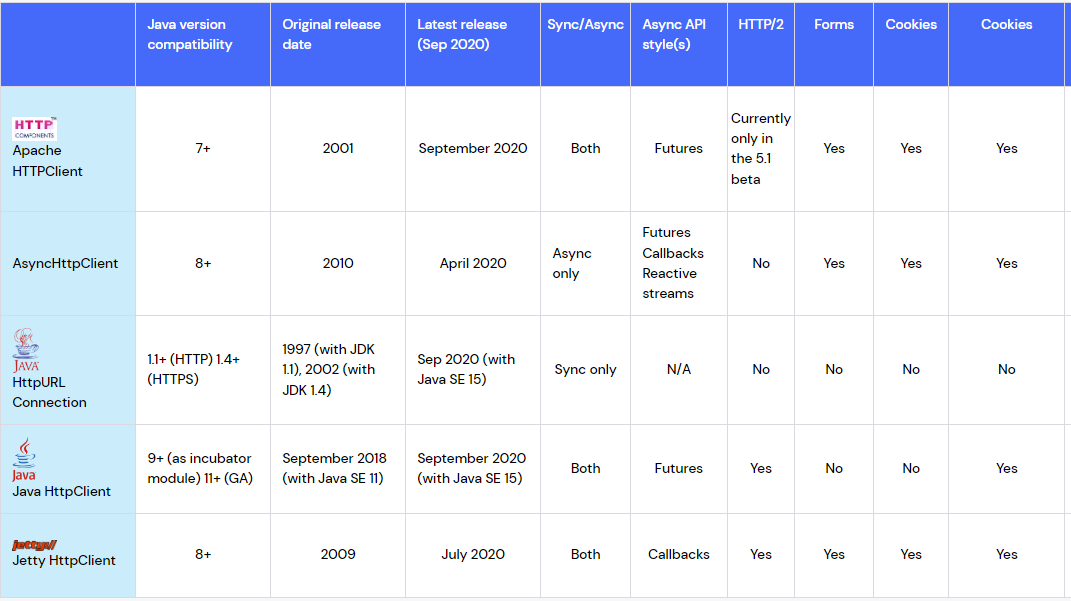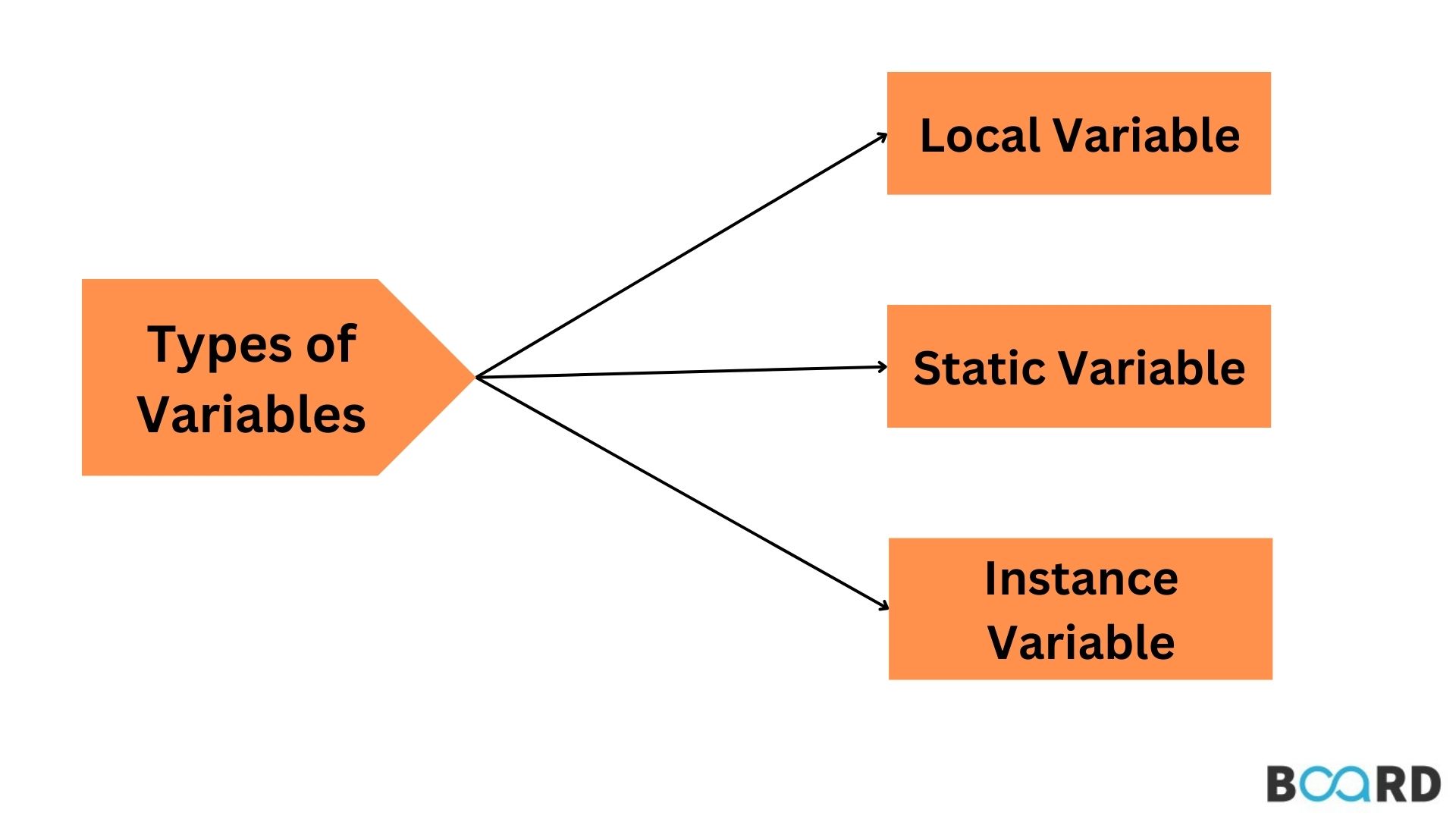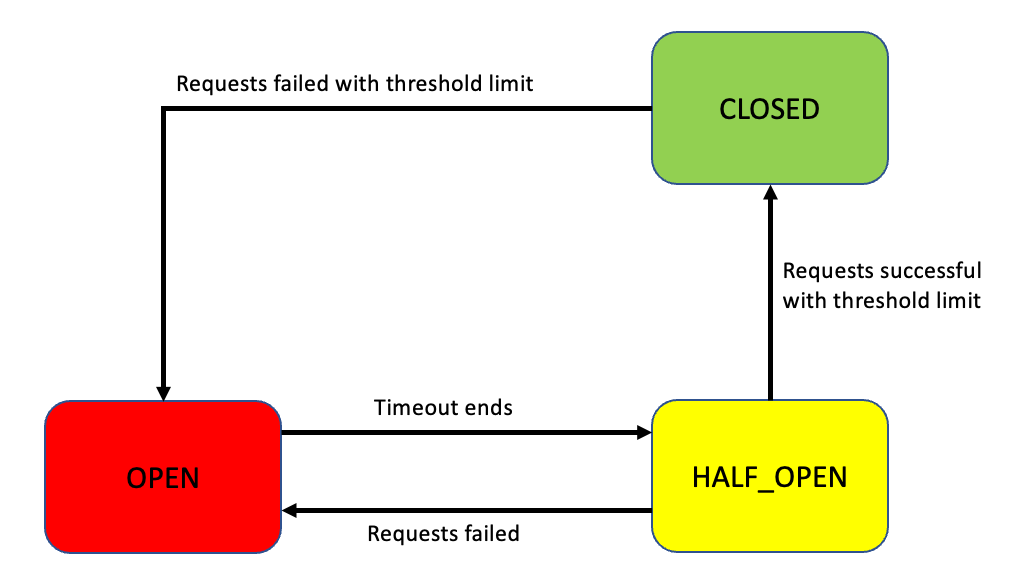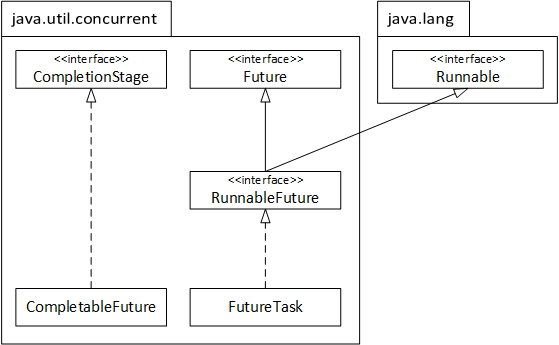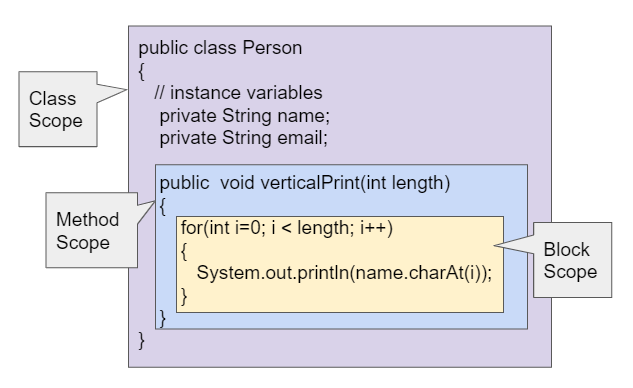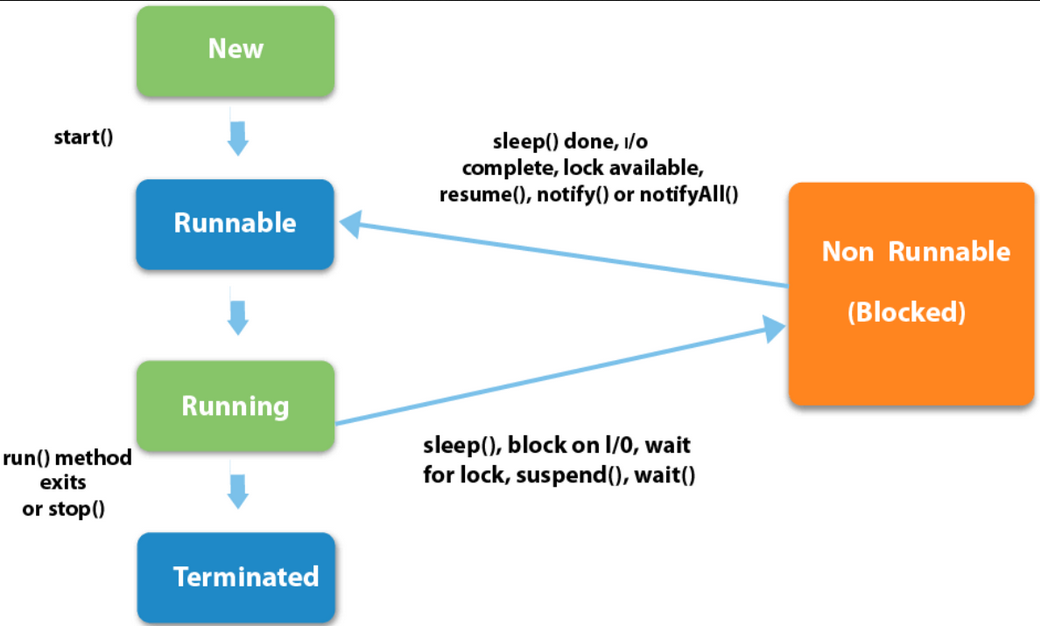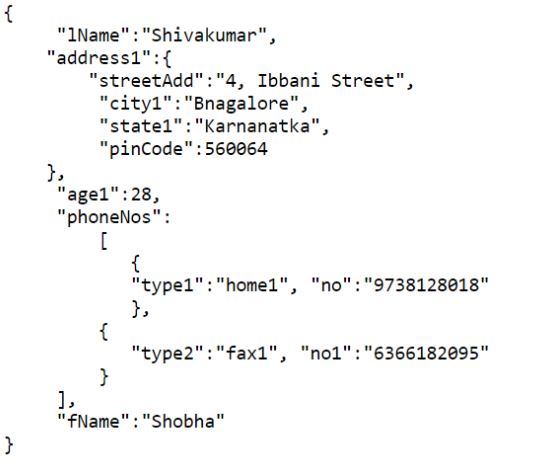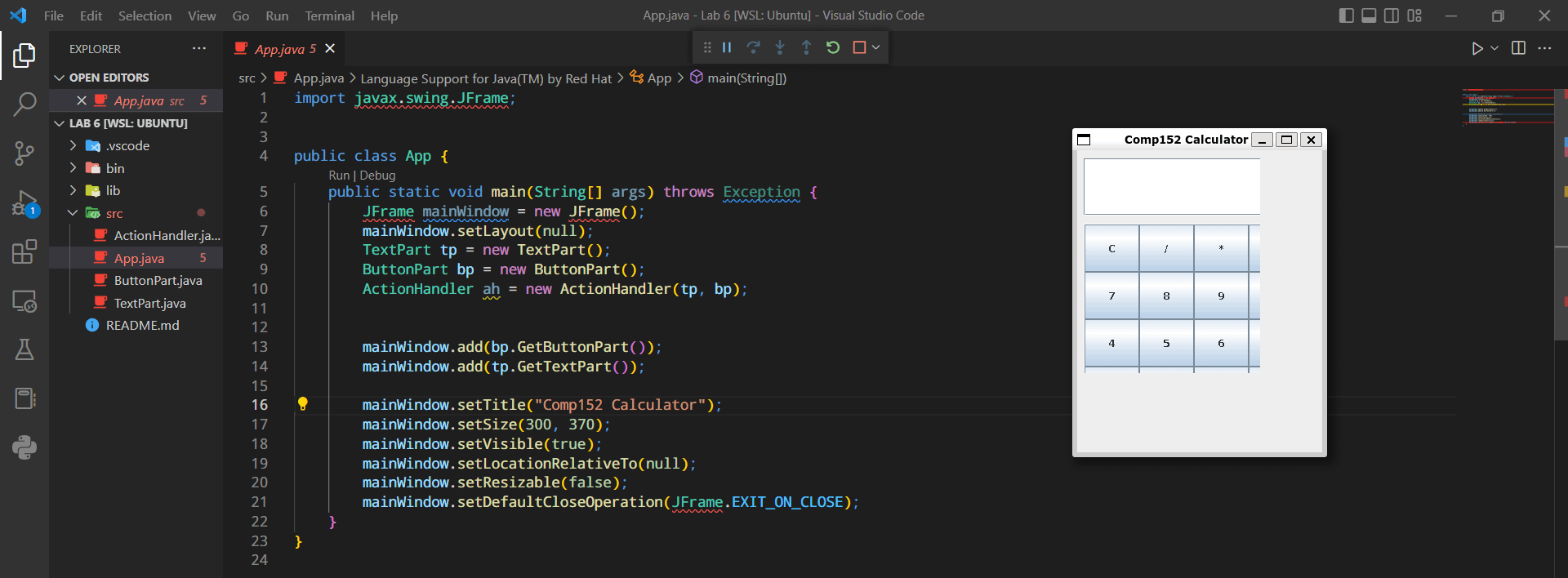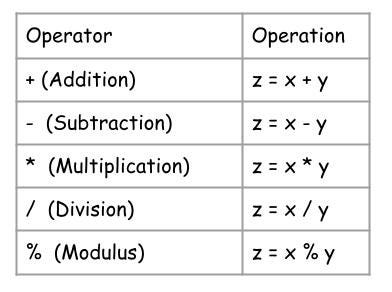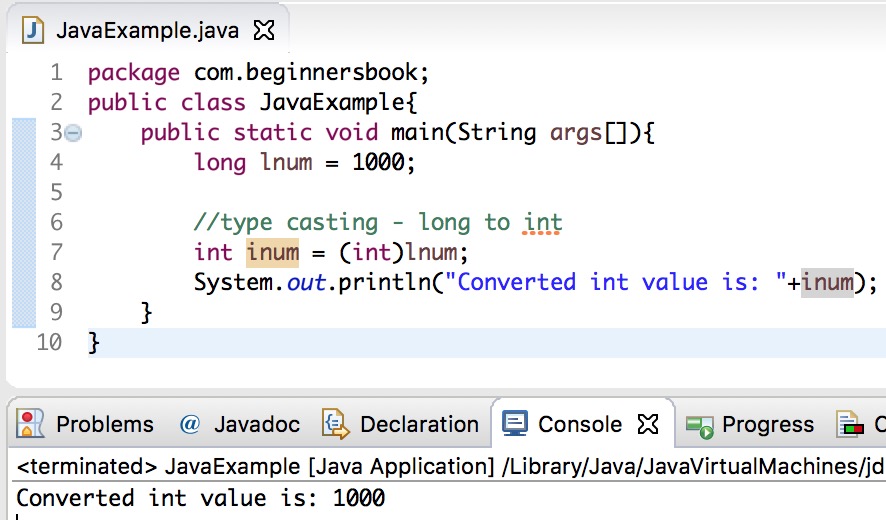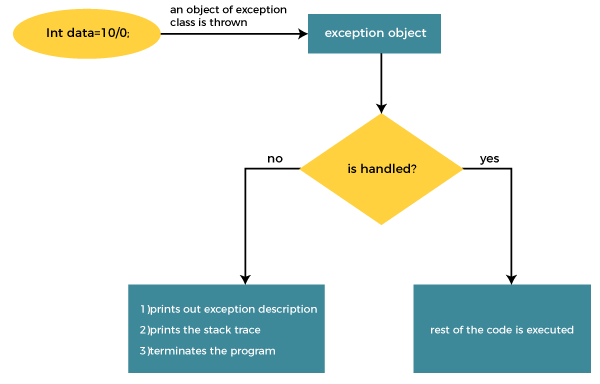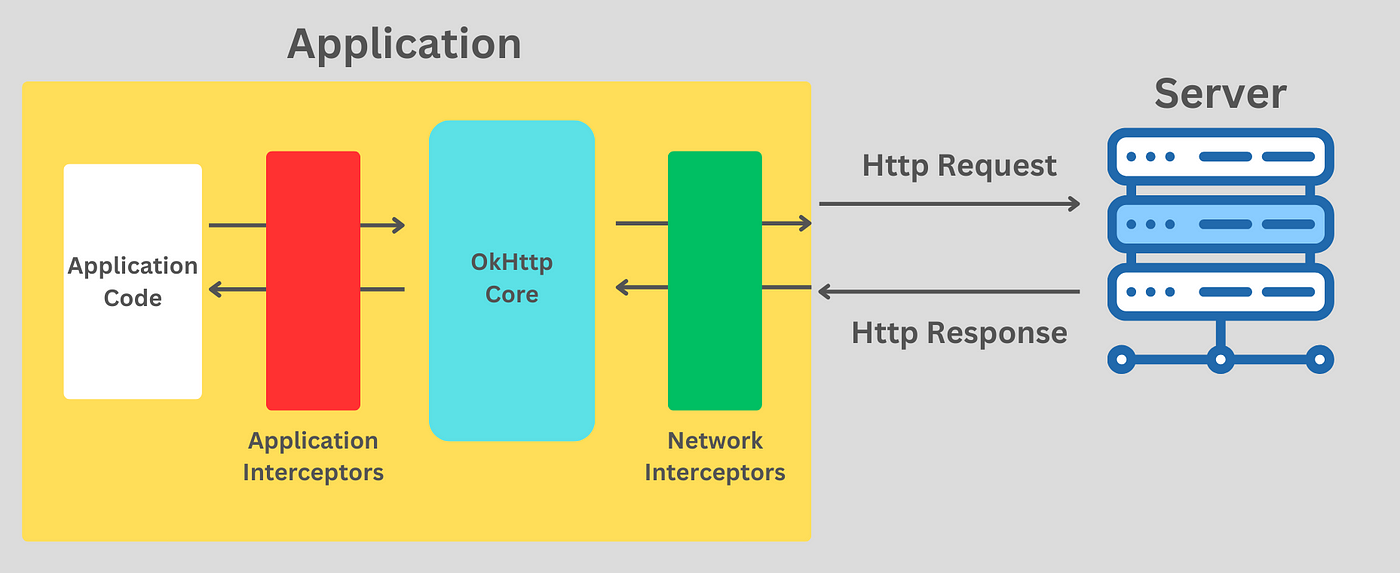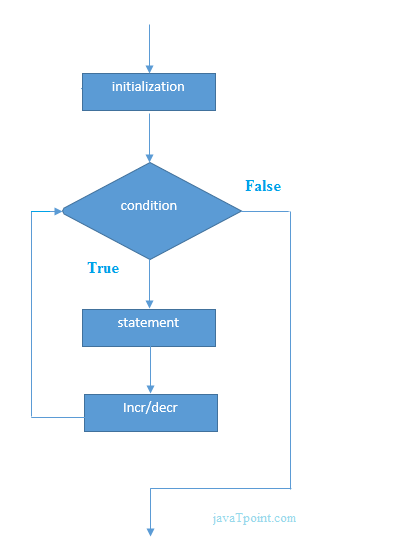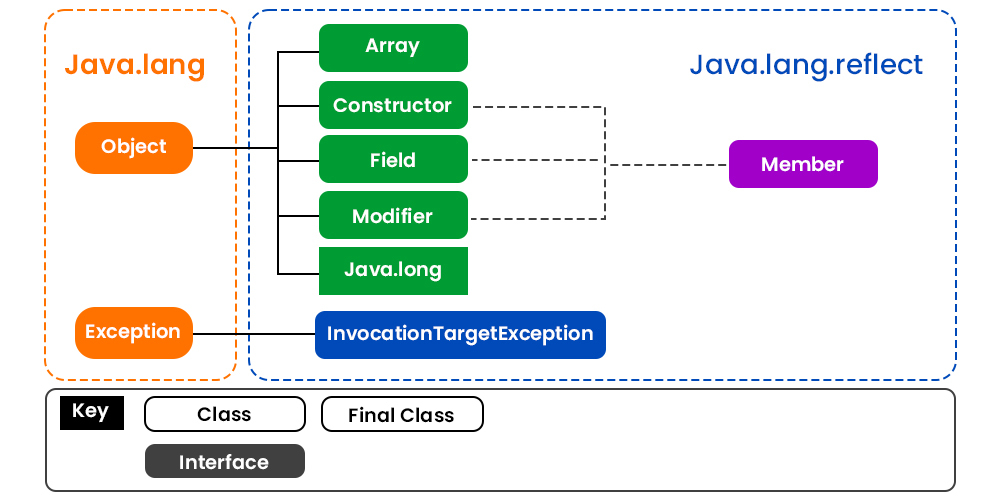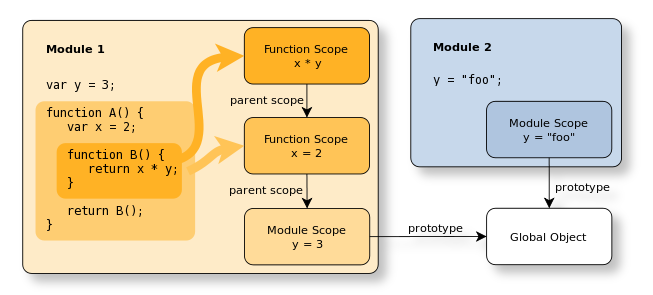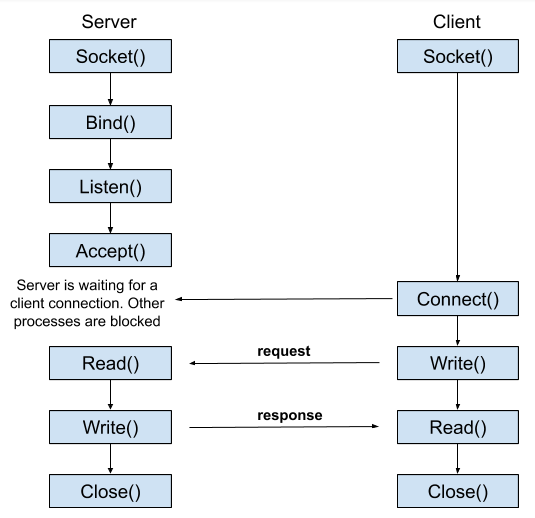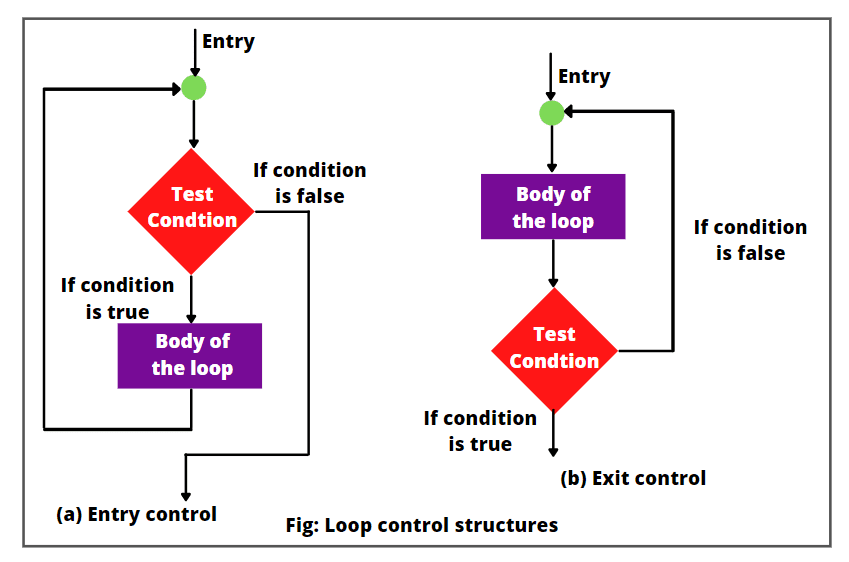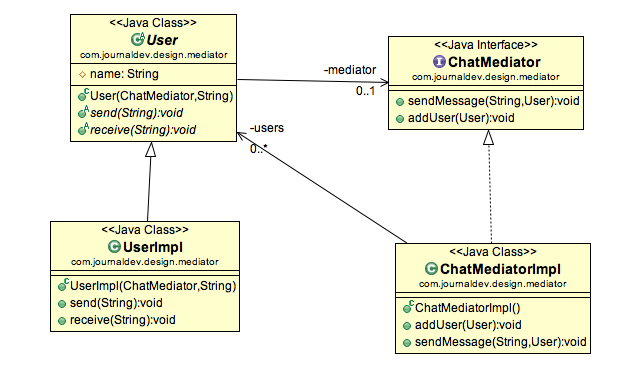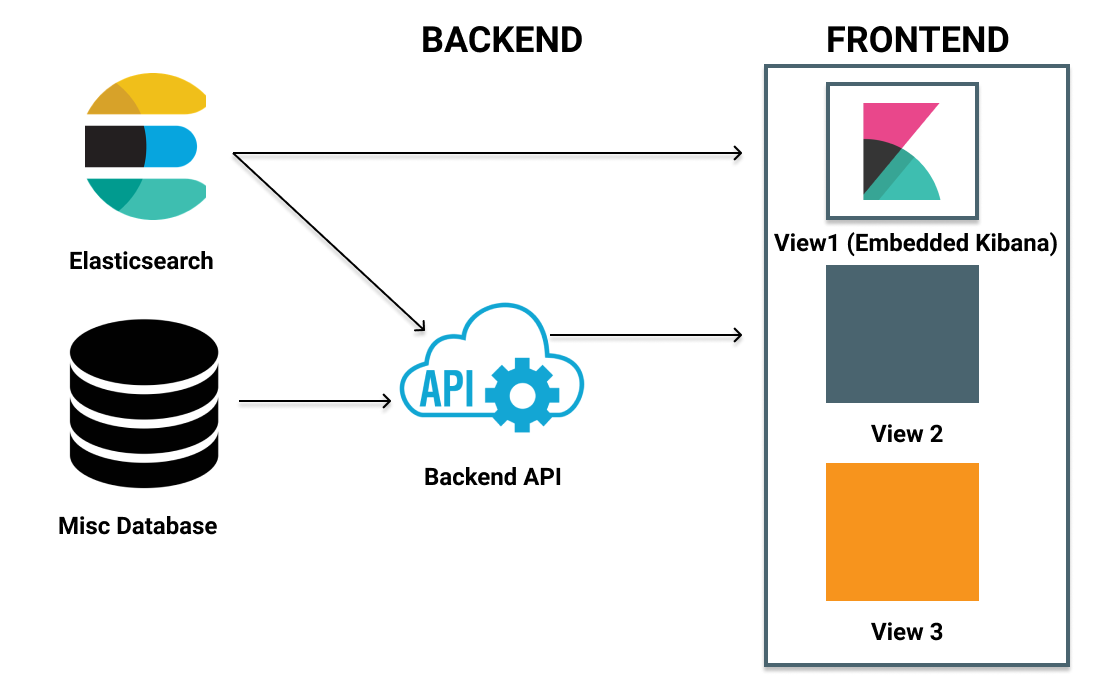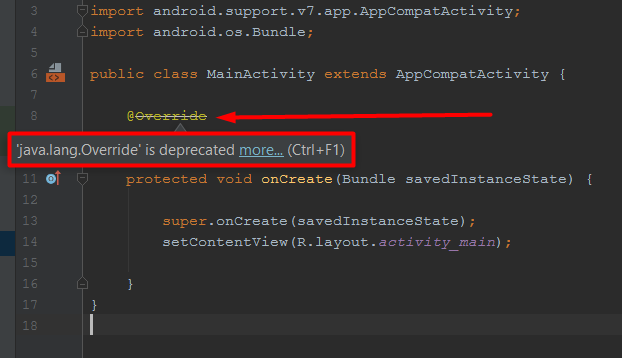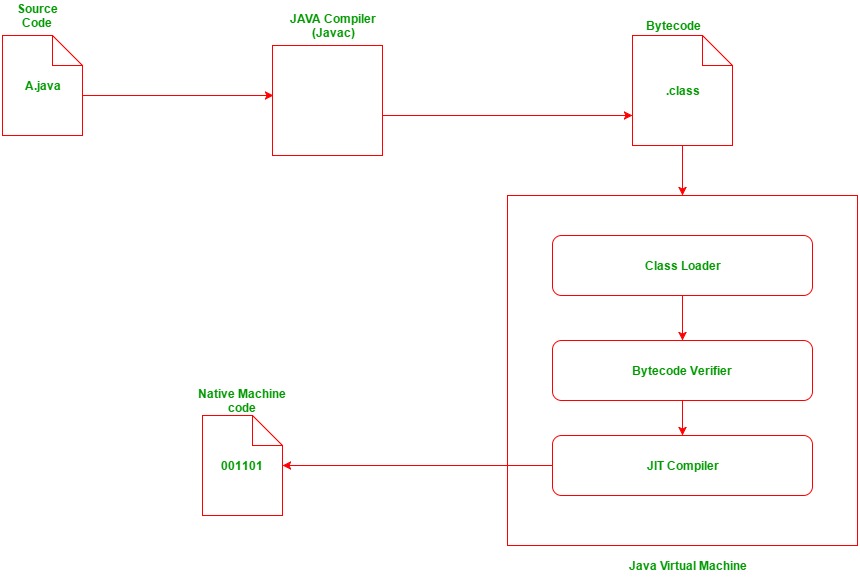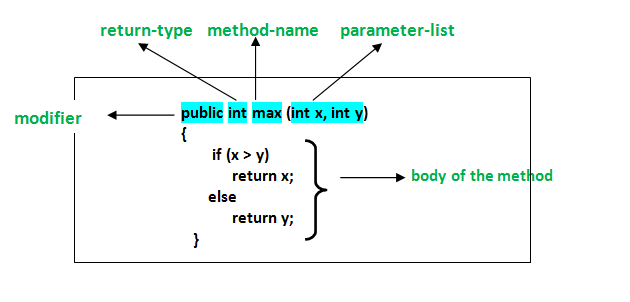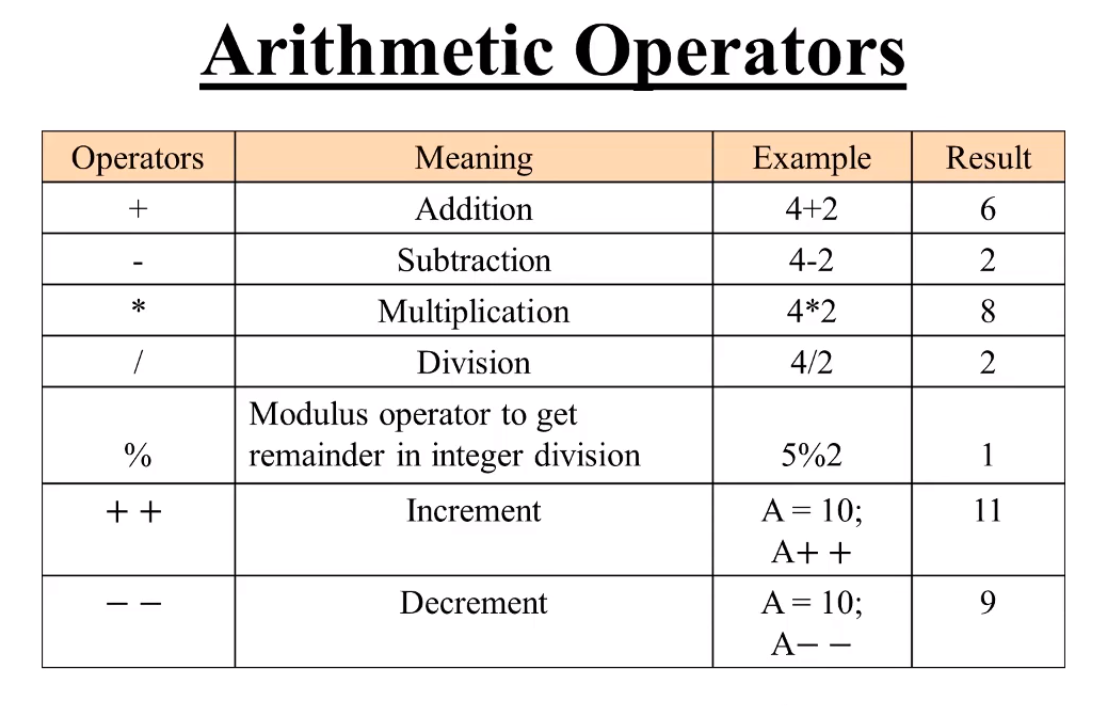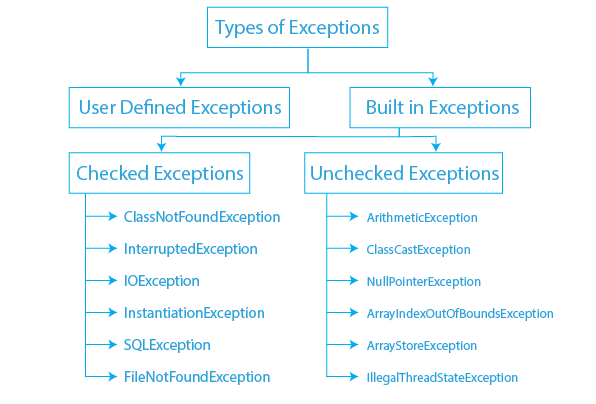Float data type in java w3schools
Float data type in java w3schools
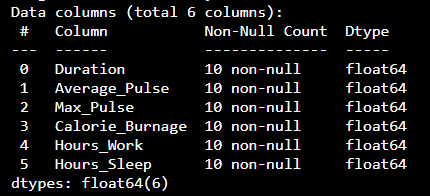
I'm happy to help you with that!
Floating Point Numbers in Java (w3schools)
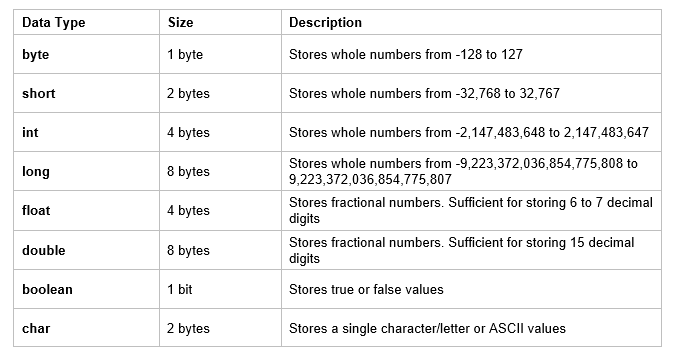
In programming, floating-point numbers are used to represent decimal values or numbers with a fractional part. In Java, the float and double data types are used to store floating-point numbers.
float Data Type
The float data type is a single-precision 32-bit IEEE 754 floating-point number. It has a range of approximately 1.4E-45 to 3.4E+38, and an accuracy of about 7 decimal digits.
Here are some examples of using the float data type in Java:
float myFloat = 3.14f; // declare and initialize a float variable
float x = 0.5f;
double Data Type
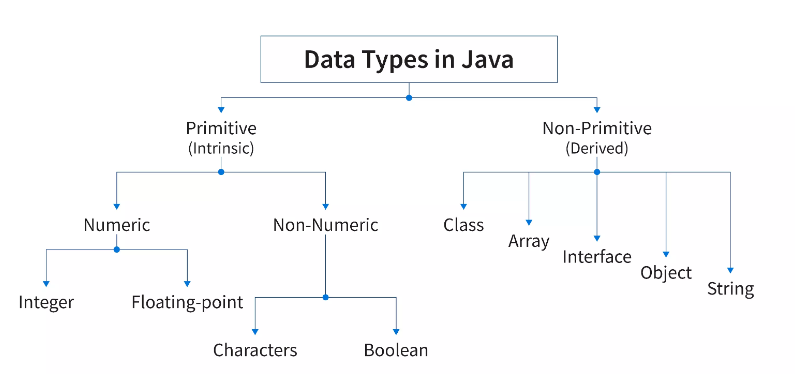
The double data type is a double-precision 64-bit IEEE 754 floating-point number. It has a range of approximately 4.9E-324 to 1.8E+308, and an accuracy of about 15 decimal digits.
Here are some examples of using the double data type in Java:
double myDouble = 3.14; // declare and initialize a double variable
double y = 0.5;
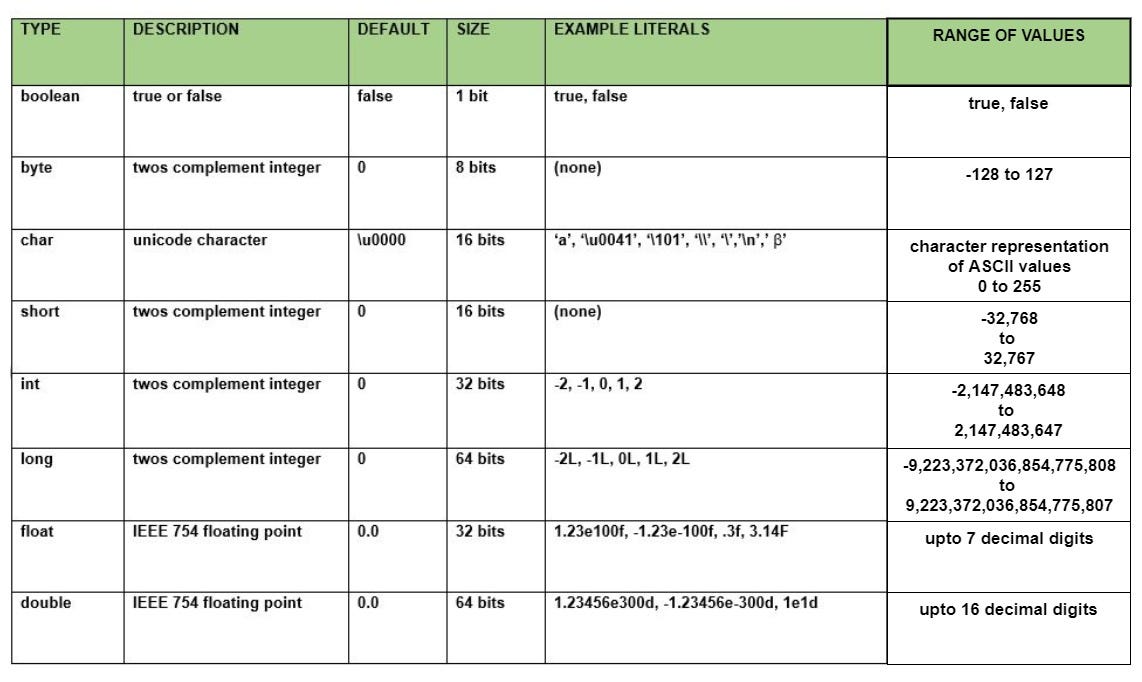
Advantages of Floating-Point Numbers
Floating-point numbers have several advantages, including:
High precision: Floating-point numbers can represent very large or very small values with high precision. Efficient storage: Floating-point numbers require less memory than other data types that represent decimal values. Fast arithmetic operations: Arithmetic operations on floating-point numbers are generally fast and efficient.Limitations of Floating-Point Numbers
However, floating-point numbers also have some limitations, including:
Imprecision: Due to the binary representation of floating-point numbers, they can be imprecise or inaccurate in certain situations. Rounding errors: When performing arithmetic operations on floating-point numbers, rounding errors can occur.Best Practices for Working with Floating-Point Numbers
To avoid common issues when working with floating-point numbers in Java, follow these best practices:
Use the correct data type: Usefloat or double depending on your specific requirements and constraints. Avoid operations that may cause imprecision: Be mindful of operations that can cause imprecision, such as dividing two large floating-point numbers. Check for equality using a small tolerance value: When comparing floating-point numbers for equality, use a small tolerance value to account for any rounding errors.
In summary, the float and double data types in Java are used to store floating-point numbers. They have advantages such as high precision, efficient storage, and fast arithmetic operations. However, they also have limitations such as imprecision, rounding errors, and the need for careful handling when performing certain operations. By following best practices, you can avoid common issues and effectively use floating-point numbers in your Java programming.
What is integer vs float in Java?
In Java, integers and floats are two fundamental data types that differ significantly in their representation, usage, and applications.
Integers (int)
An integer in Java represents a whole number without a decimal point. It's a 32-bit signed value that can range from -2,147,483,648 to 2,147,483,647. Integers are used to represent discrete values such as counts, IDs, and indices.
Here are some key characteristics of integers in Java:
Whole numbers: Integers have no fractional part. Signed: They can be either positive or negative. 32-bit representation: Integers occupy 32 bits (4 bytes) in memory. Range: -2,147,483,648 to 2,147,483,647.Integers are used extensively in various areas, such as:
Counting and indexing: Integers are perfect for keeping track of counts, indices, and IDs. Financial calculations: They're suitable for handling financial transactions that involve whole numbers (e.g., quantities, prices). Loop counters: Integers can be used to control loops in programs.Floats
A float in Java represents a floating-point number with a fractional part. It's a 32-bit IEEE 754 floating-point value that can range from approximately -3.4 × 10^38 to 3.4 × 10^38. Floats are used for representing non-integer values, such as decimals, ratios, and measurements.
Here are some key characteristics of floats in Java:
Decimal numbers: Floats have a fractional part. Unlimited range: Theoretical maximum and minimum values can be much larger than those of integers. 32-bit IEEE 754 representation: Floats occupy 32 bits (4 bytes) in memory, using the IEEE 754 floating-point format. Approximate values: Due to the limited precision of floats, some calculations may result in slightly inaccurate values.Floats are used in various areas, such as:
Scientific and engineering computations: Floats are suitable for calculations that require high-precision decimal arithmetic (e.g., physics, engineering). Financial calculations with decimals: They're useful when you need to perform financial calculations involving decimal points (e.g., currency conversions, interest rates). Graphical rendering: Floats can be used in graphical applications where precise coordinates and measurements are required.In summary:
Integers represent whole numbers, suitable for counting, indexing, and financial calculations with whole numbers. Floats represent decimal numbers with a fractional part, ideal for scientific, engineering, or financial calculations that require high-precision decimals.